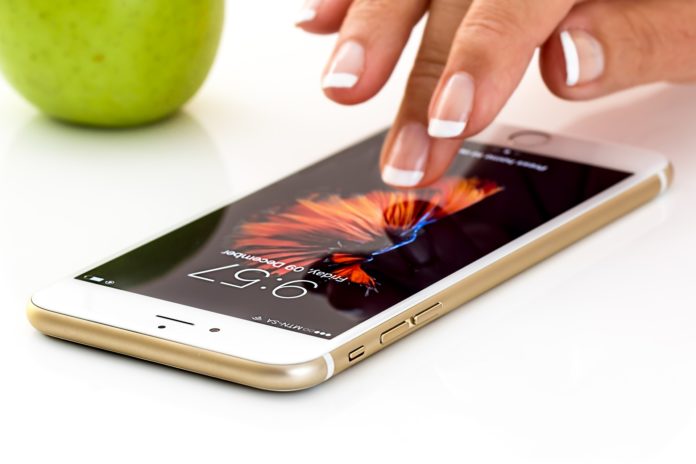A smartphone app has 81-97% accuracy in diagnosing asthma and four other respiratory disorders
A smartphone app that can analyse cough could help diagnose childhood respiratory disorders, according to a study published in the open access journal Respiratory Research.
The app has an accuracy between 81% and 97% in diagnosing asthma, croup, pneumonia, lower respiratory tract disease and bronchiolitis.
Dr Paul Porter, corresponding author of the study, said: “It can be difficult to differentiate between respiratory disorders in children, even for experienced doctors. This study demonstrates how new technology, mathematical concepts, machine learning and clinical medicine can be successfully combined to produce completely new diagnostic tests utilising the expertise of several disciplines.”
The authors used similar technology to that used in speech recognition for developing the app. They trained it to recognise features of coughs which are characteristic of five different respiratory diseases.
As the tool does not rely on clinical investigations, it can be used by healthcare providers of all levels of training and expertise
The researchers then used the app to categorise the coughs of 585 children between ages 29 days to 12 years who were being cared for at two hospitals in Western Australia. The accuracy of the automated cough analyser was determined by comparing its diagnosis to a diagnosis reached by a panel of paediatricians after they had reviewed results of imaging, laboratory findings, hospital charts and conducted all available clinical investigations.
The technology developed for this study was able to provide a diagnosis without the need for clinical examination by a doctor in person, addressing a major limiting feature of existing telehealth consultations, which are used to provide clinical services remotely. Removing the need for a clinical examination may allow targeted treatments to begin sooner.
Dr Porter said: “As the tool does not rely on clinical investigations, it can be used by healthcare providers of all levels of training and expertise. However, we would advise that where possible the tool should be used in conjunction with a clinician to maximise the clinical accuracy.”


